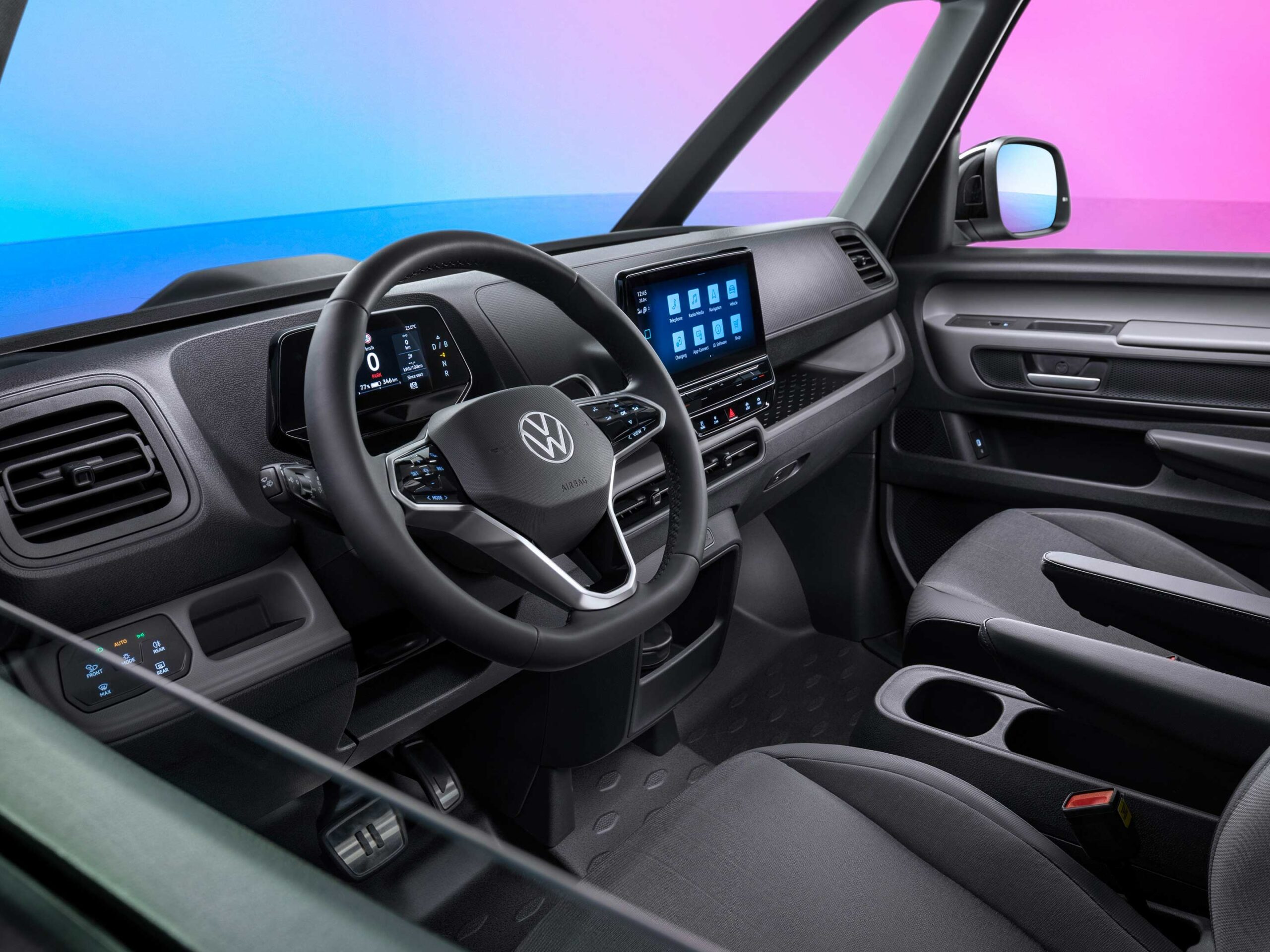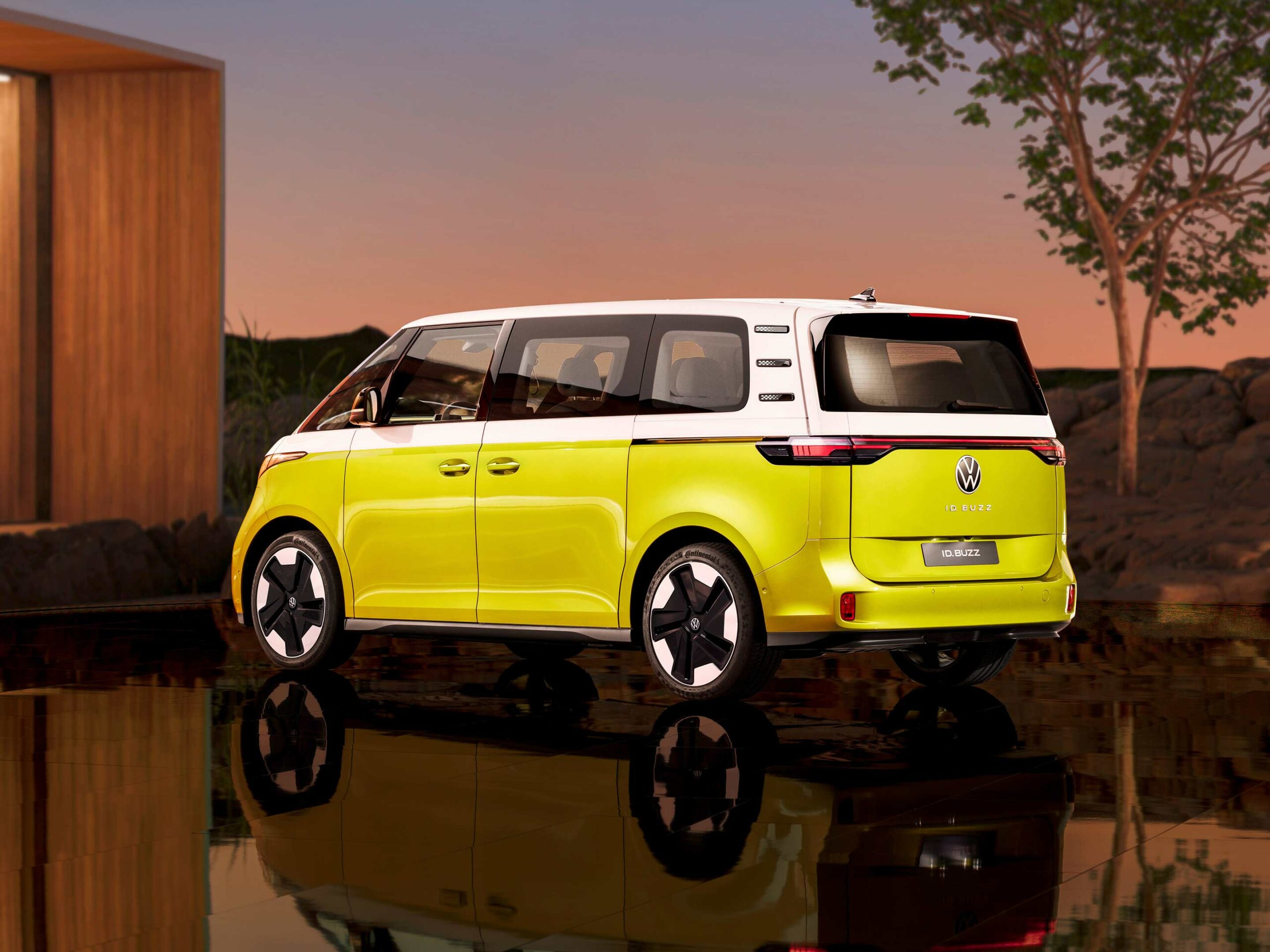Production of the Ford F-150 Lightning electric truck is in full swing at the Rouge Electric Vehicle Center in Dearborn, Michigan, but Ford seems to have its attention on a new electric truck.
Announced by Ford CEO Jim Farley earlier today at an event to celebrate the F-150 Lightning’s production, the new truck will be built at Ford’s new BlueOval City manufacturing complex in Stanton, Tennessee.
Not much else was revealed about the new truck.
Ford’s F-150 Lighting has been in development for the last four years and is the follow-up to the Mustang Mach-e revealed in 2019. The truck starts at $58,000 and offers a range of 370km. The more tricked-out ‘XLT’ version starts at $68,000 and can drive 483km per charge.
In other electric vehicle-related news, check out MobileSyrup staff reporter Bradley Bennett’s review of the new BMW iX.
Source: Ford Via: TechCrunch













